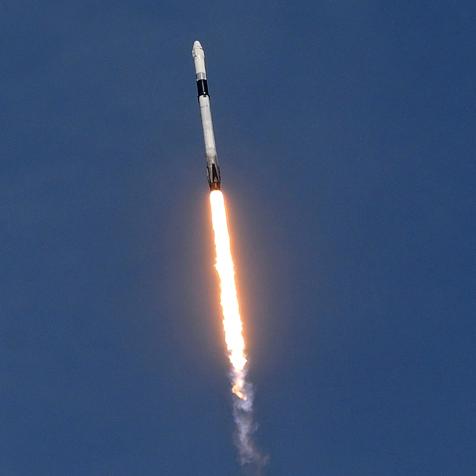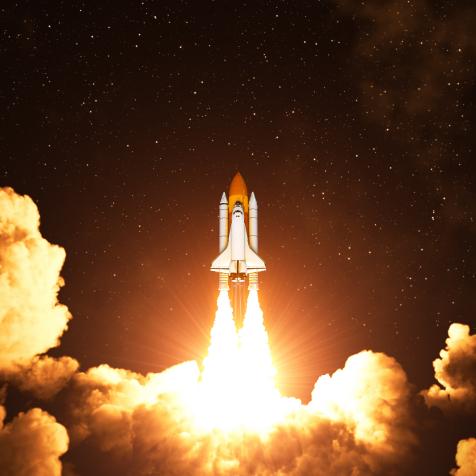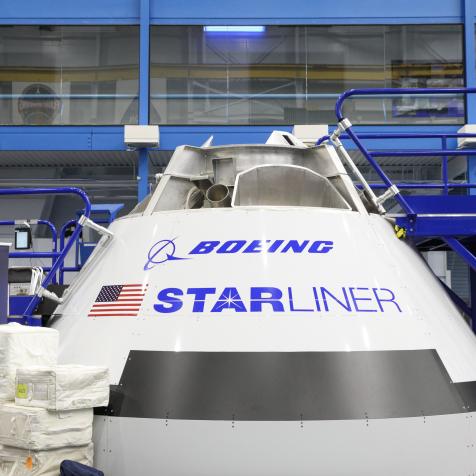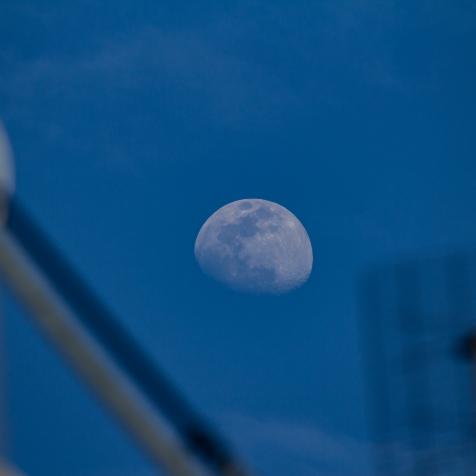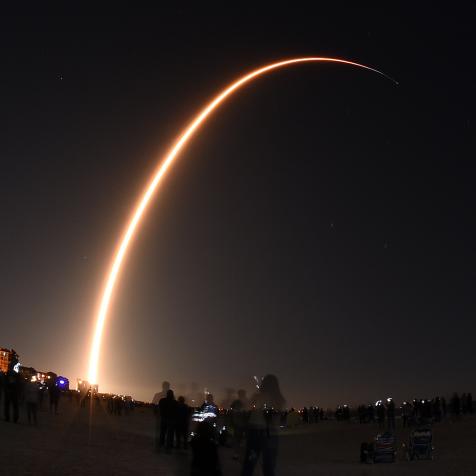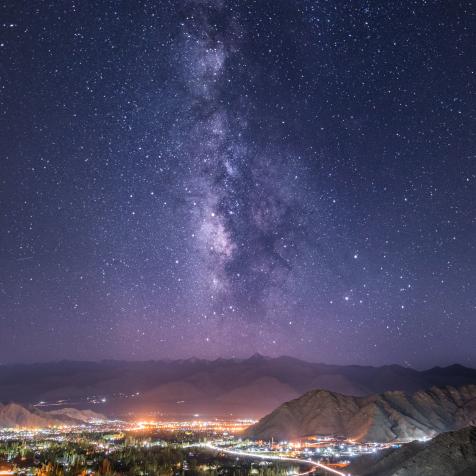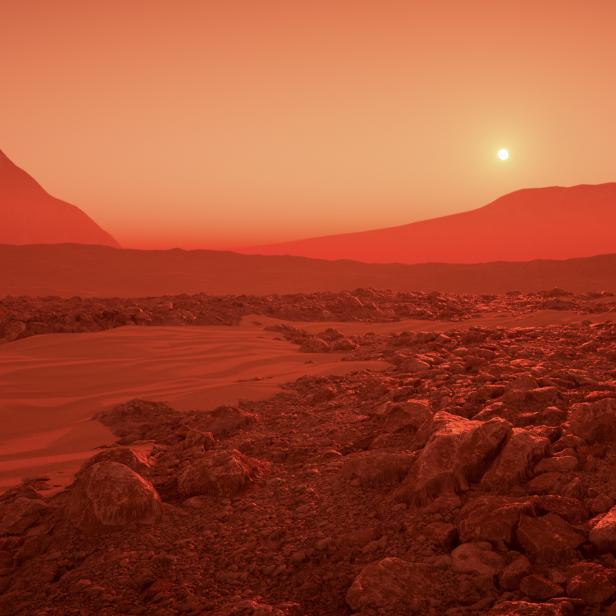
Rainer Zapka / EyeEm
Will a Colony on Mars Ever Be Feasible?

We’ve all seen the movies. Tunnels cut through the red rock. Giant glass domes stretching from one end of a crater rim to another. Hydroponics. Lots and lots of hydroponics. But Mars is… a challenge.
When it comes to visions of human colonization of the solar system, Mars is hard to beat. Sure, presumably someday we’ll have some folks living and working up on the moon, but that’s practically right next door. Which is boring. Mars is fresh. Mars is a planet in its own right. Mars has been a home for life.
Mars is… a challenge.
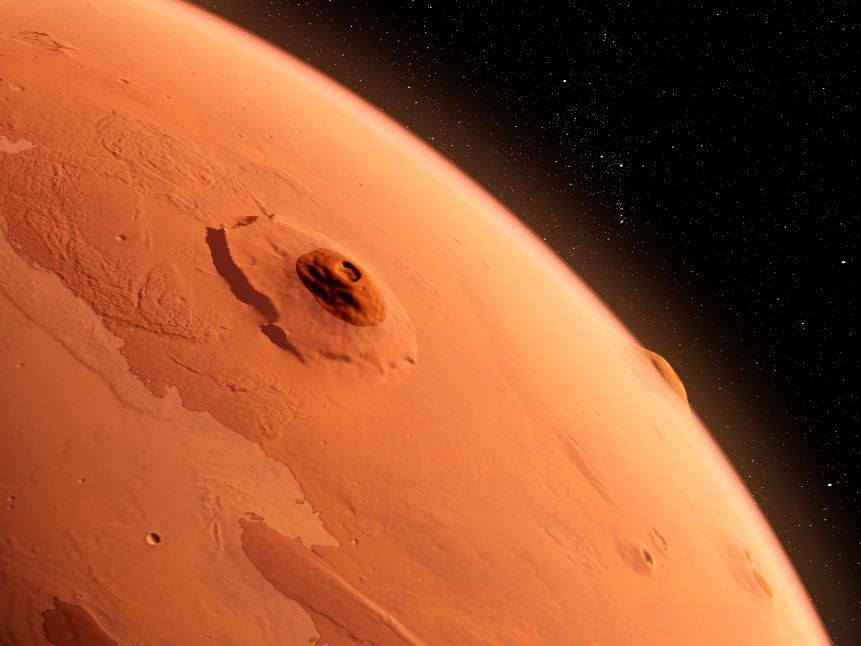
SEBASTIAN KAULITZKI/SCIENCE PHOTO LIBRARY
Humans have been exploring our planet and founding colonies from millennia, from the first nervous steps across the Bering Land Bridge into North America to the European age of exploration (and exploitation). It’s a part of who we are. But the colonists of our past had a few advantages: everywhere they went, from the deepest jungles to the most frigid arctic extremes, had the exact same gravity, the exact same air, easy-to-find water, and scores of local materials and creatures to use to survive.
Mars has, basically, nothing.
There’s no air. Well, there’s air, but it’s 1% of the air pressure of the Earth’s atmosphere, and it’s made of poisonous carbon dioxide.
There’s no water. Well, there is water, but it’s frozen, either buried under the dirt or locked in polar ice caps.
There’s no gravity. Well, there is gravity, but it’s weaker than the Earth’s. Forget living for extended periods of time in a low-gravity environment – can fetuses even develop a straight spine without the strong gravity of the Earth?
There’s nothing alive, at least not anymore.
There’s no farmable land.
There are no trees.
There’s nothing to protect you against deadly cosmic rays – a day on the Martian surface is like getting a non-stop chest X-ray.
Mars has… dirt. Lots and lots of red dirt.
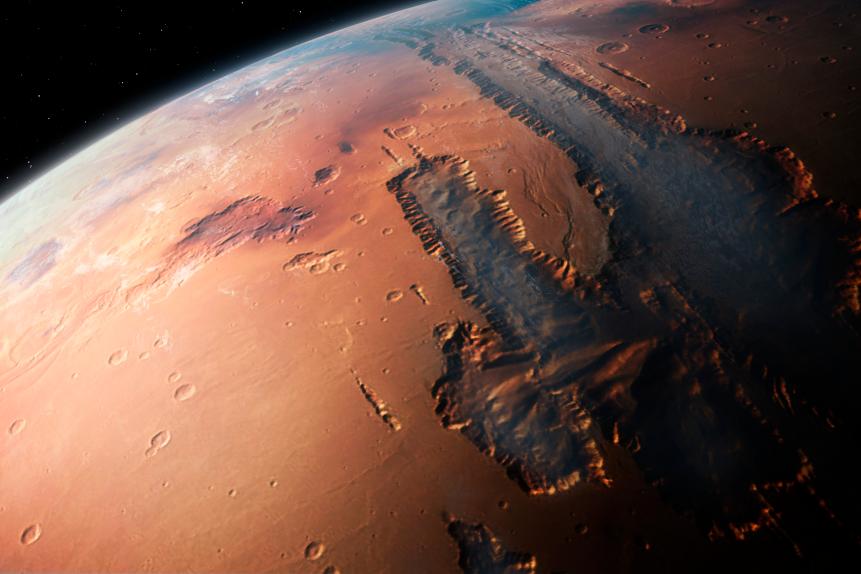
MARK GARLICK/SCIENCE PHOTO LIBRARY
Arguably the most remote, hostile outpost in human civilization is the Amundsen-Scott South Pole Station, located at the South Pole in the middle of Antarctica. It’s set up as a research station by the National Science Foundation – and it’s the most expensive NSF project, ever, costing $150 million to builds and tens of millions annually to operate. And that’s with the benefit of the research station still being on the planet Earth.
Mars has nothing. All the trappings of civilizations that you enjoy – from the device you’re using to read this to your favorite burger joint – simply don’t exist on Mars. And neither do any of the things needed to build those trappings. You have to either bootstrap yourself up to the 20th century on the red planet (which is kind of challenging because you can’t even chop down a tree or plant a garden) or bring it with you.
Either way, it’s not impossible. Humans are creative, adaptable, clever, resourceful folk. We figure things out. I’m sure that someday, in the far distant future, we will have a thriving colony on Mars, with Mars-people and little Mars-babies and specialized varieties of Martian-produced cheese.
But that day isn’t soon. Every single launch into space costs millions of dollars. No matter how you do it, establishing and maintaining a colony on Mars costs oodles of money – probably more money than the entire world has right now. We simply don’t have the spare resources to figure out all the technical hurdles and hazards and establish an off-world colony.
How long will it take before we can manage it as a species? Who knows – but don’t hold your breath (and if you do, appreciate the fact that you even get the air for free on our planet, but not on Mars).
Red Rover, Red Rover, Send Perseverance Right Over
A few years ago, after the successful deployment of the Curiosity rover on Mars, the folks at NASA envisioned a bold new plan to send another mission to the red planet. The mission was scheduled to depart in the then-futuristic year of 2020.














